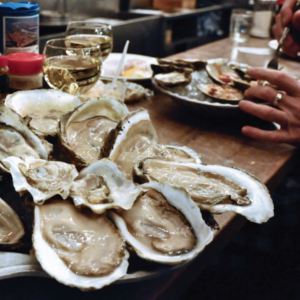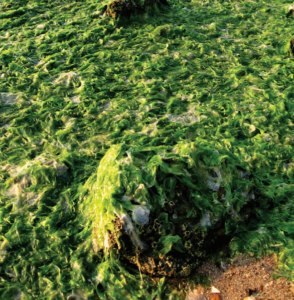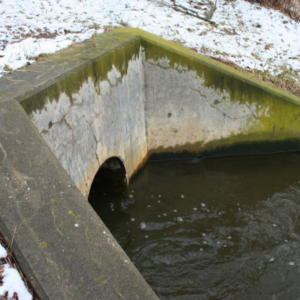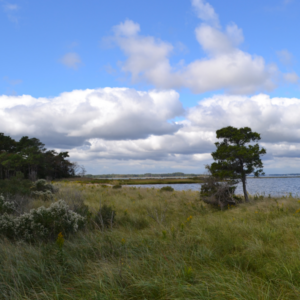CLIMATE
Global emissions of greenhouse gases are bringing about higher temperatures, longer growing seasons, and rising sea levels. These changes influence everything from the chemistry of bay water to the location and distribution of ecosystems like saltmarshes and bay grass meadows. The timing and degree to which migratory fish and birds use the estuary may change; […]






